
Too much screen time has brought rise in eye infections and other sight problems during Covid-19 – how to avoid them
- A mum fears for her two sons’ eyesight because of the increased time they spend studying and playing online and watching TV during the Covid-19 crisis
- An eye doctor recommends we take regular breaks from staring at devices, blink often, and use eye drops to keep a condition called dry eye at bay
Stay-at-home mum Naomi was keeping a close watch on her two boys, one in primary school and the other in secondary, and particularly on their eyes.
She was concerned as they spent an increasing amount of time using digital devices after the coronavirus pandemic triggered class suspensions and the need to study online at home.
The Japanese native living in Hong Kong asked to remain anonymous so that other parents would not judge her harshly as they sometimes do on social media support groups in these trying times.
In the pre-coronavirus days, her sons went to school, played with friends outside and took part in extracurricular activities such as football. Neither wears eyeglasses, unlike Naomi, who is nearsighted. “They were online only for a few hours a day during those days,” she says.

10 bad contact lens habits, and how to avoid eye problems
“A couple of times I noticed their eyes had gone red,” she says – and made them stop playing online games.
One day in August she noticed her sons were blinking more than usual. Alarmed, she searched for information on blue-light-shielding glasses and plans to buy them soon. “Advertisements for them kept popping up on my Facebook … maybe they could help,” she says.
Eye doctors such as Dr Alex Ng Lap Ki, a specialist in ophthalmology at a Hong Kong eye health provider with clinics in Central and Kowloon, are seeing an influx of patients experiencing eye discomfort, a side effect of this pandemic.
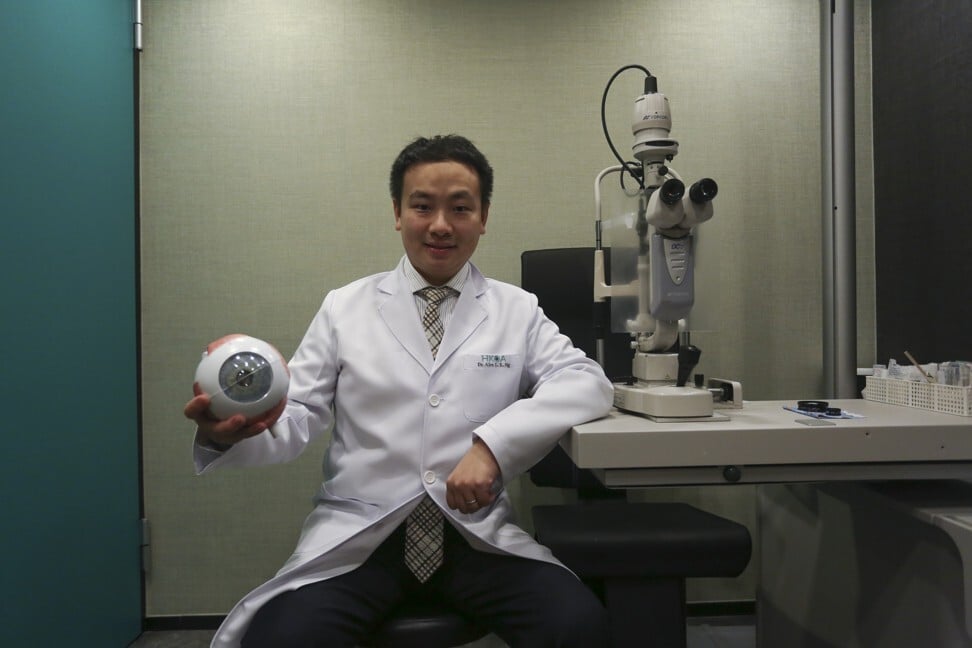
Anxious parents are bringing children in to get checked, and more adults are complaining of eye strain, eye pain, increased redness and blurred vision after increased screen time, particularly extensive hours on Zoom meetings (an online conference platform), Ng says.
He attributes many of these symptoms to dry-eye disease. The surface of the eyeball has a layer of tear film. Dry eye occurs when a person does not produce enough tears to adequately lubricate the eye.
When we are focused on a digital device screen, research shows we blink less. “Reduced blinking means the tear film evaporates more quickly,” Ng says. If untreated and the condition worsens, it can cause inflammation of the cornea.
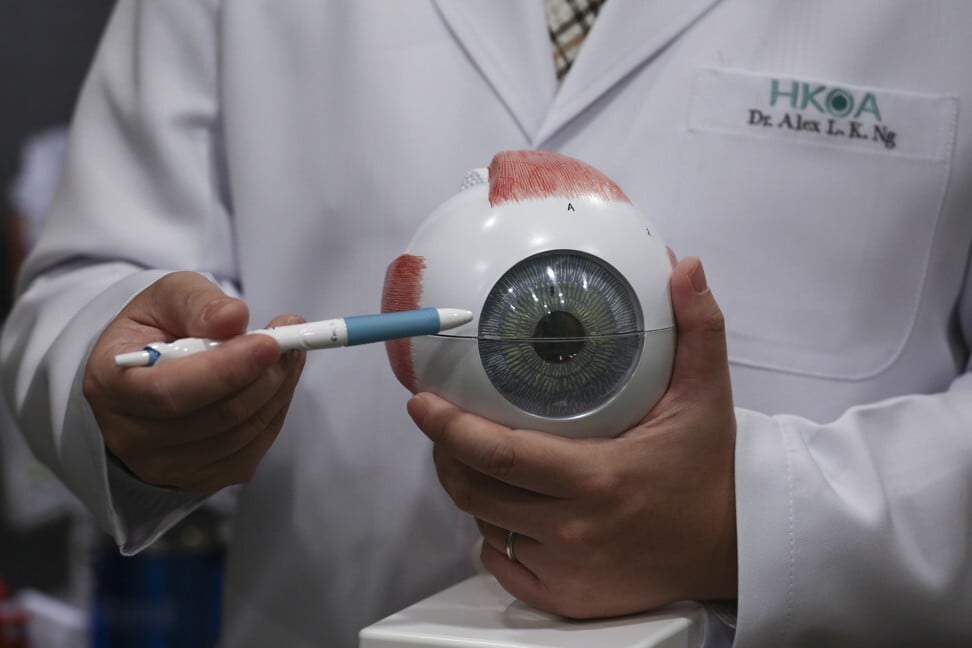
The easiest solution is to limit screen time, he advises. If that is difficult to do, give your eyes a regular rest. “Follow the golden ‘20-20-20’ rule. Take a break from the screen every 20 minutes with 20 seconds of rest by looking at objects 20 feet [six metres] away,” he suggests.
Staring at a screen contracts the eye muscles, while looking at something in the distance relaxes them. The practice is good for both adults and children.
He also encourages people who are glued to their screens to blink more often. “Every blink helps our eyes put on a new layer of tears,” he says. You can also use over-the-counter or prescription eye drops to keep eyes lubricated.
Ng suggests there is scant evidence that anti-blue-screen glasses can protect vision.
“There have been animal studies claiming intensive blue light can damage the eye, particularly the retina at the back of the eye,” he says. “However, the amount of blue light from digital screens is quite small … there is no proof these small amounts of blue light damage your eyes.”
He adds that the common eye complaints from prolonged screen time are mainly due to dry eyes, not from being subjected to blue light.
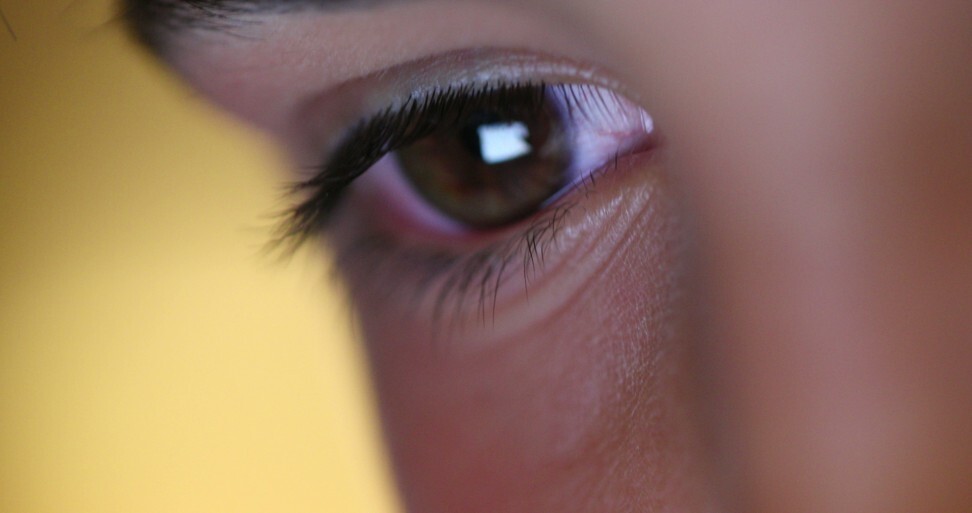
Ng says redness in the eyes may result from eye allergies such as allergic conjunctivitis or rhinitis, which can be triggered by dry eyes.
“With dry eyes, there is less barrier to protect eyes from [environmental] allergens.”
These symptoms can also be resolved with eye rest exercises or tear drops. If they persist for a week, or if there are other complaints such as eye discharge, blurry vision or eye pain, see a doctor immediately, advises Ng.
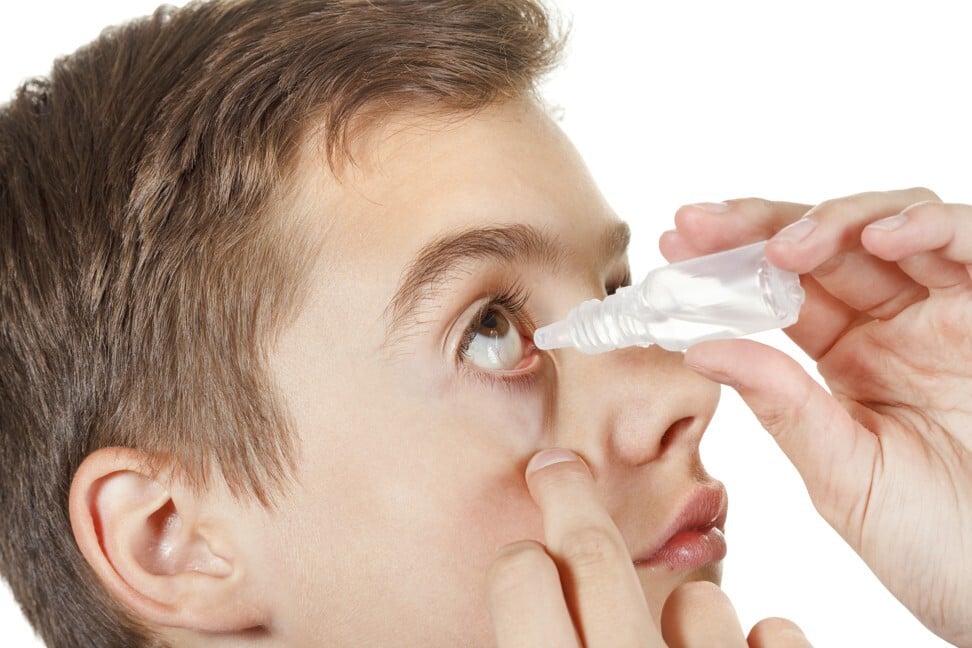
Hong Kong students, like students in many other places in the world, have been subjected to remote learning for half a year.
Could it lead to an increase in myopia, or nearsightedness – having difficulty seeing distant objects, but no problem seeing objects that are near? Ng says Hong Kong has one of the highest rates of this condition in the world already, so this possibility is a worry.
The city’s health department says about 17 per cent of Primary 1 students are short-sighted, and the rate increases to about 53 per cent in Primary 6 students. The degree of myopia increases with age and stabilises at about 20 years.
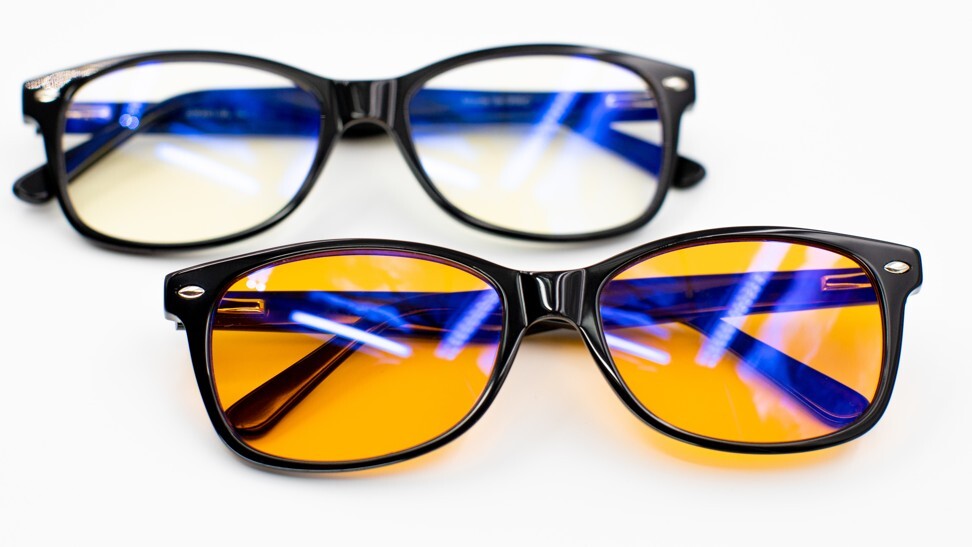
Myopia is partly inherited and partly caused by environmental factors. Although how this condition develops is not clearly known, studies have shown that near work, such as reading and writing, is a key environmental factor.
“It does concern me, but we just don’t know how long Covid-19 will last,” says Ng. When restrictions are safely relaxed, he encourages parents to do more outdoor activities with their children.
Naomi says she is prepared to leave Hong Kong if the situation does not improve and her sons will need to continue studying online. “Being nearsighted, I have bad eyes myself. I know how inconvenient it is. I don’t want my children to go through what I’ve been through.”
Schools in her homeland are expected to reopen for in-person classes after the summer holidays, her friends tell her. “In the worst-case [scenario], I will think about moving back to Japan,” she says.

